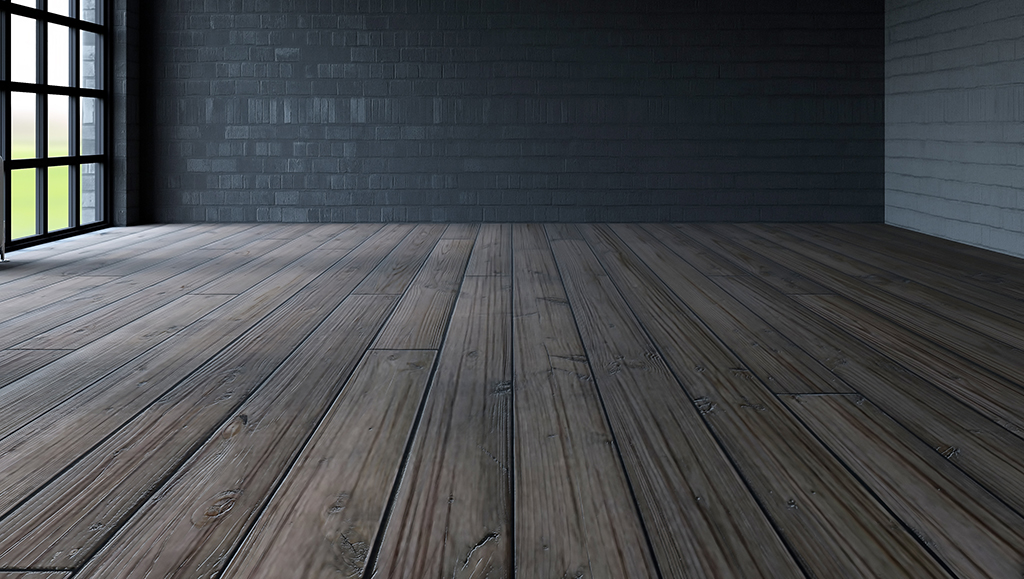What is a reactive, and how does it work? Reactives require something contained in the wood to react with, as their name implies. Tannins are naturally occurring compounds found in hardwood. When applied to hardwood floors, a reactive reacts with the tannins. These are naturally present in the wood and produce a variety of effects.
When using a reactive, not all hardwoods will respond the same way. It occurs because the level of tannin in the wood determines the change in appearance. Woods like pine and maple are largely unaffected by reactive, whereas hardwoods like white oak are significantly affected. On the other hand, reactives can have a greater impact on the wood. This will happen in hardwoods with low tannin levels that are pretreated with tannic acid. Also with something as simple as Earl Grey tea, which has high tannin levels.
The effects of reactives on hardwood
Tannin levels can vary from board to board, so even within the same species of wood, there is a lot of variation. Some pieces of wood will become extremely dark gray as a result of this variation, while others will not change much at all. The quality of the soil on which a particular tree was grown and the reactive product itself are two additional external factors that can influence the effects of a reactive. Additionally, we can produce our own reactive iron acetate with a little chemistry. This will happen if we combine vinegar and steel wool.

Several chemical treatments can alter the wood’s color by interacting with its natural tannins. Some of these treatments include chemical reactive stains, beaching agents, and ebonizing.
Chemically Reactive Stains
Stains react with the naturally occurring tannins in wood, such as lye, iron acetate, anhydrous ammonia, or commercial fuming or smoking products. They produce strong, erratic color shifts that give an old or rustic look that is difficult to achieve with conventional stains.
Reactive stain mimics the oxidation and maturing process of naturally aged wood by interacting with the wood’s natural tannins and sugars to give the wood an “aged” appearance. The natural maturing processes typically takes several decades to complete. Reactive staining, on the other hand, can instantly produce the same appearance without compromising the wood’s inherent quality.
The possible health risks associated with the chemicals employed in reactive stains weren’t found. Common metal salt solutions, like ferrous sulfite solutions, are employed as coloring agents in reactive stains. They are thought to be non-toxic. Furthermore, the main ingredient in the blue-black ink is the dark complexes that are produced when wood tannins react with iron salt solutions.
Reactive staining is a common and safe method used in North America and Europe for antique floors. Lots of clients choose to manually apply the color-changing reagent to unfinished flooring boards.They can select the color they want.
Bleaching Agents
By dissolving lignin, bleaches such as two-part, and liquid household bleach can brighten the color of wood. Through the removal of pigments and modification of the molecular structure, the reaction lightens the wood.

But be careful because repeated bleach application can make wood fibers become weaker and more easily damaged.
Two-Part Wood Bleaches: These are made up of hydrogen peroxide and sodium hydroxide.
They cause a chemical reaction that can change the color of the wood itself.
Ebonizing
To darken wood, woodworkers use an iron acetate solution made from vinegar and steel wool. This process, known as ebonizing, reacts iron with the tannins in the wood to create blue-black phenolate complexes. The concentration of tannin and iron counterion determine the color and darkness.

